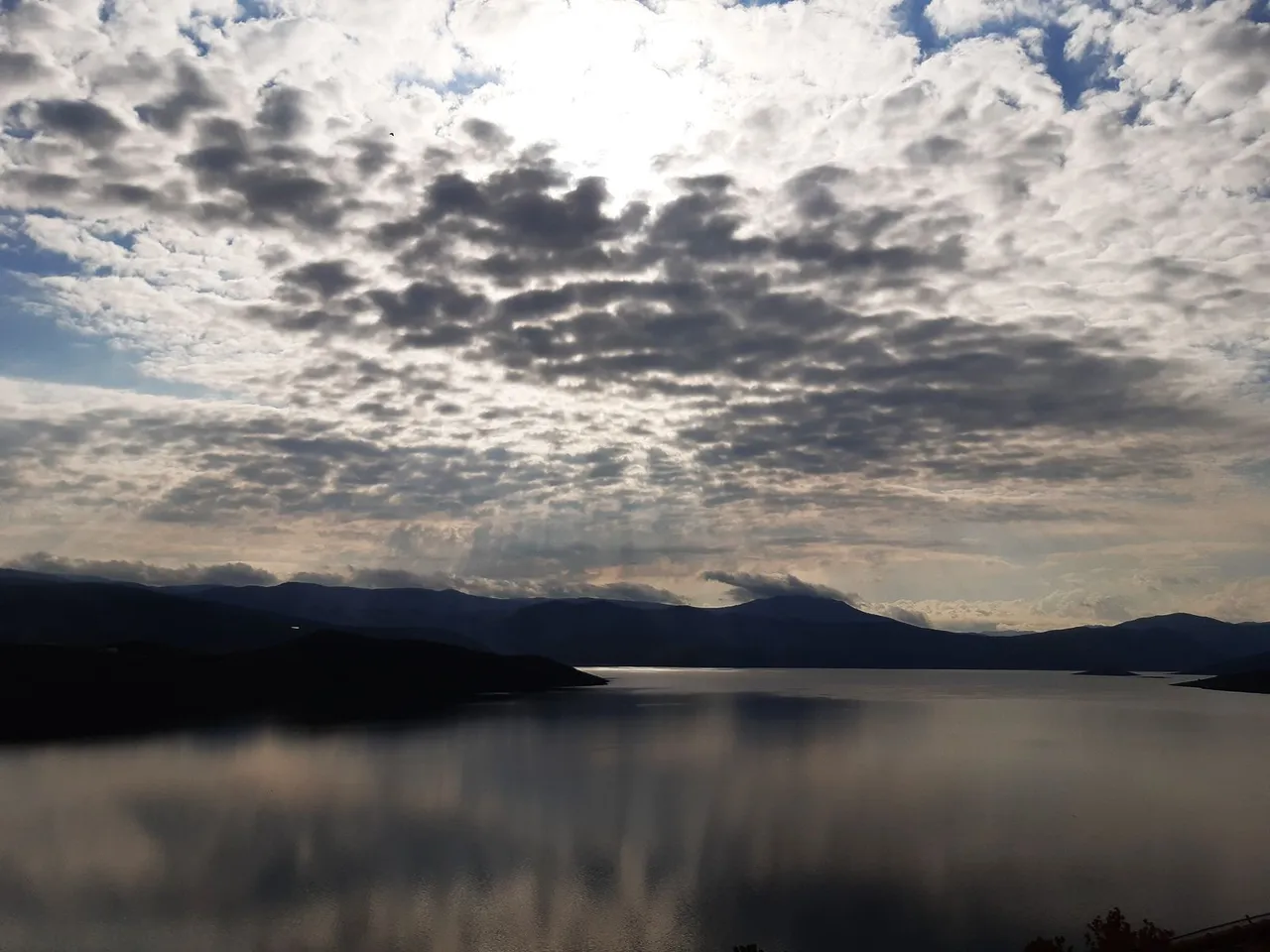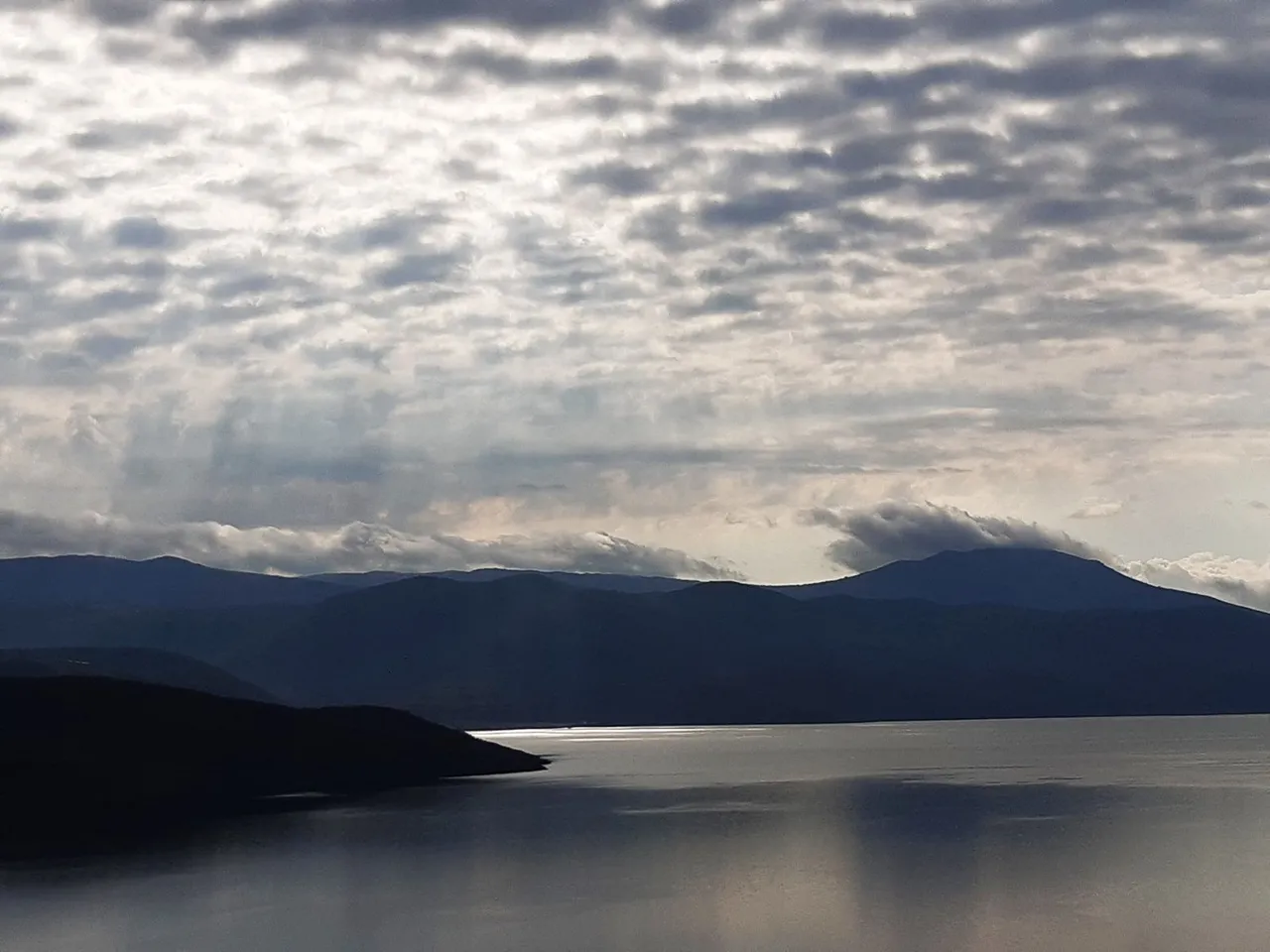
Lake Bileća was created on the same principle as most artificial lakes intended for hydroelectric power plants - in 1968 with the construction of a 123-meter-high concrete dam on the river Trebišnjica. It was a big project, having in mind the karst terrain, on which, by the nature of the karst, water finds its way to the underground. Namely, the river Trebišnjica is the largest sinking river in Europe and one of the largest in the world. Its surface flow is 98 meters long, but its underground flow is almost as long. The construction of Lake Bileća flooded the source of the river Trebišnjica, but also the villages of Panik, Orah, Čepelica, Zadublje, Miruše,and the Roman settlement of Leusinium.
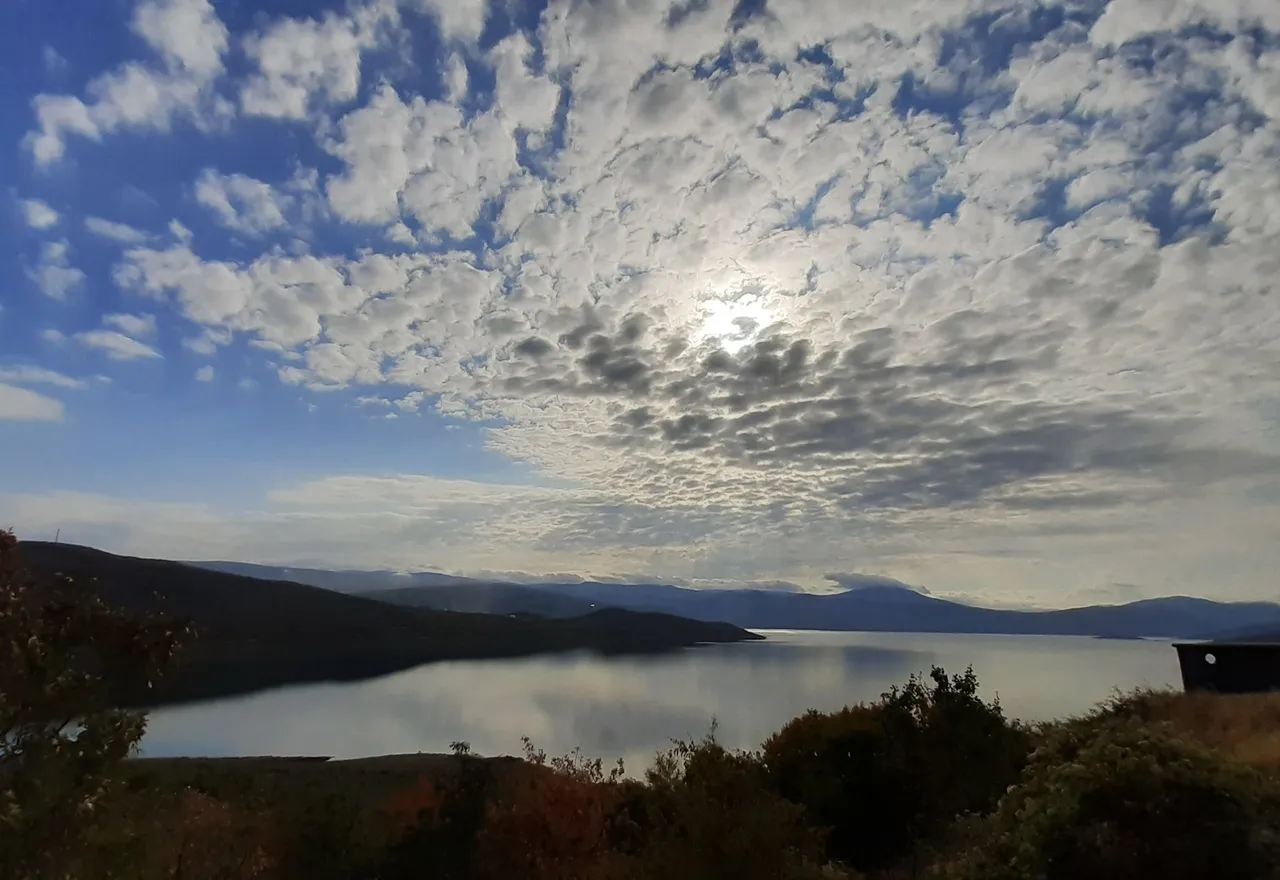
Such a project involved the planned eviction of people from the now flooded settlements. Of course there was resistance, of course people did not want to leave their homes, of course they were dissatisfied with the sums they received as compensation. Some villagers stayed until the end and did not believe that the water of Trebišnjica would fill the valley, so they stayed in their houses even while the water was rising. It’s hard to leave home, knowing you can never come back to it again. It is said that some of those who were evicted from these areas long after the lake was formed came to its shores looking at its calm and clear surface.
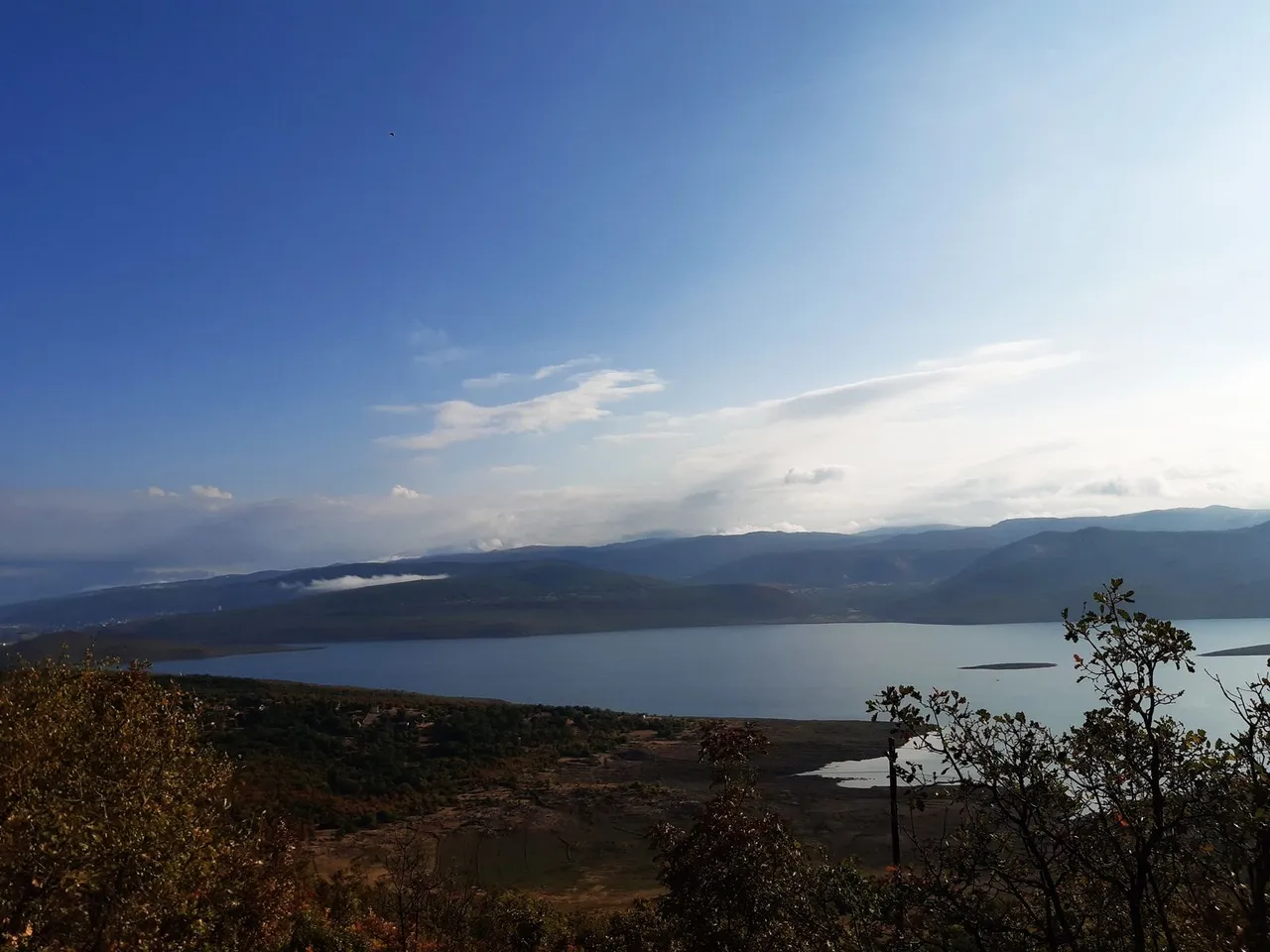
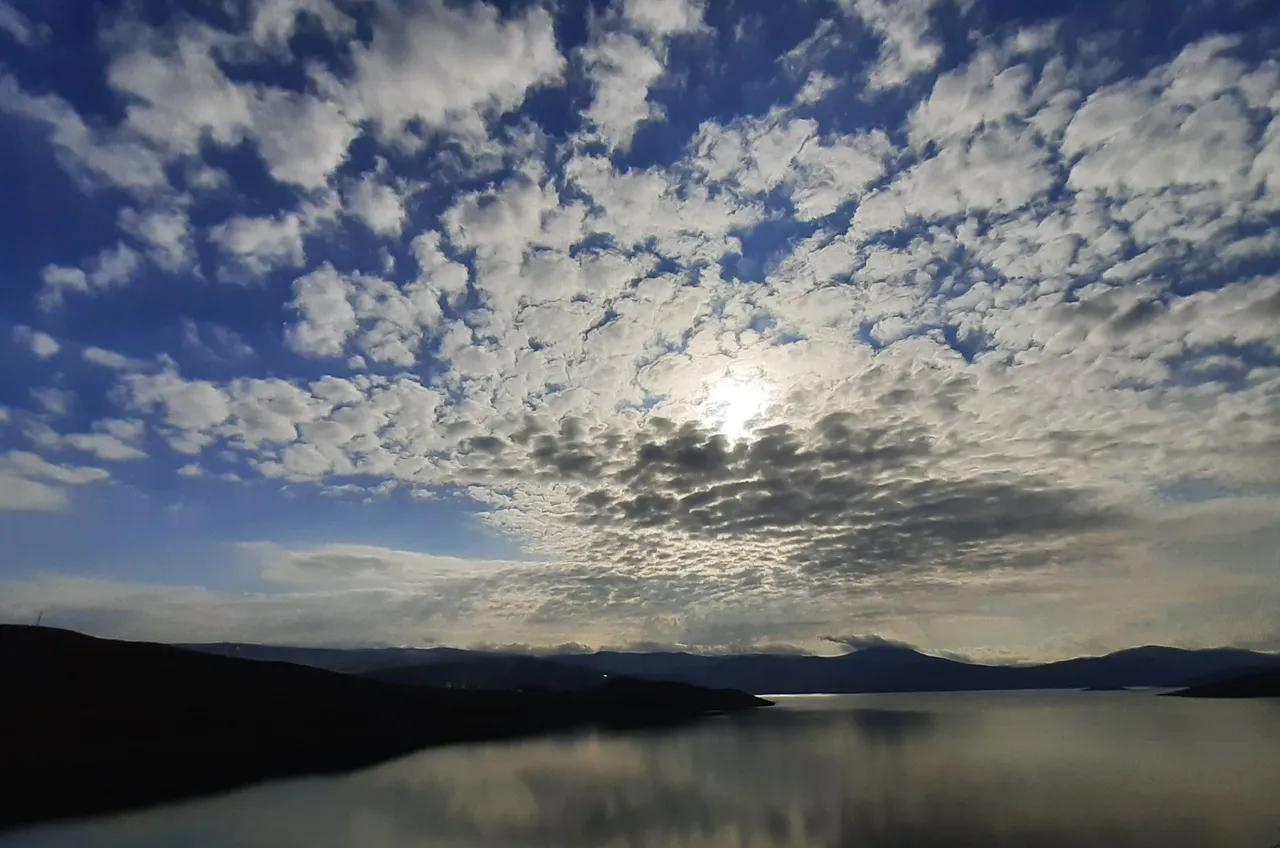
Leusinium - traces of the past and the struggle with time
I must mention that it was the period of communism, on the one hand it was a time when the country prospered, but on the other hand it was also a cruel and cold time. What had to be done, it was done.
But despite that, many cultural, historical and religious buildings were relocated, and archaeologists came to the valley of the river Trebišnjica, which was supposed to be submerged, to explore the terrain, especially in the area of the village of Panik. It was a race against time, the most intensive excavations were two months before the lake was formed. Although the famous archaeologist Dr. Irma Čremošnik joined the local archaeologists, there were not enough funds. The funds were provided when the famous American archaeologist and professor at the University of Stanford in California, Wayne (Vojin) Vucinic, whose parents are from this area, found out about the site. Sufficient financial resources were provided and the results were fantastic.
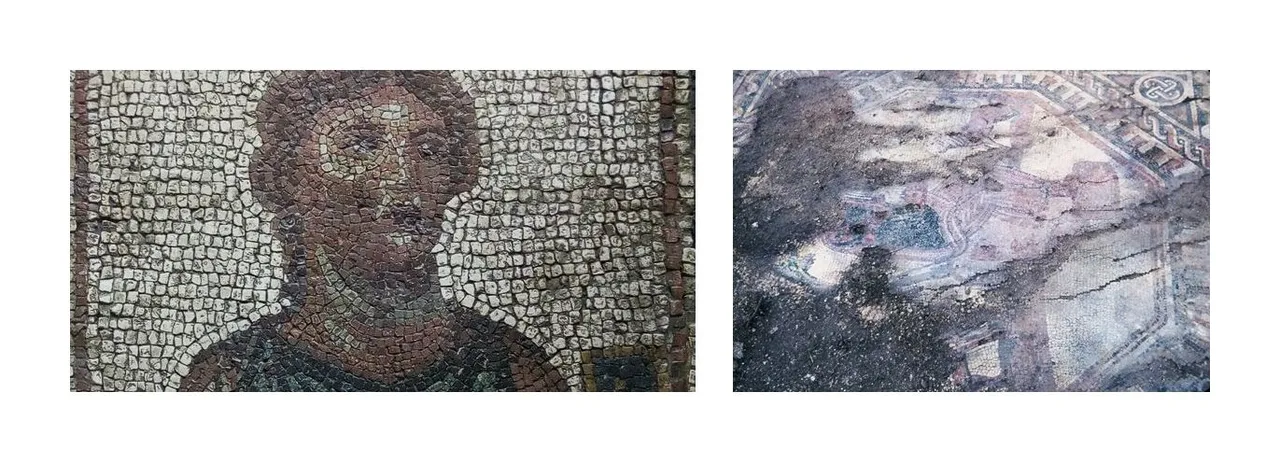
The Roman settlement of Leusinium was found. Traces from the second century AD were found on this site, as well as a luxury villa with a huge estate on 20 hectares. The age of the villa is estimated at the third century AD. The villa definitely belonged to the adherents of the upper class, because beautiful mosaics, thermal baths, luxury jewelry, money, beautification accessories, keys, locks, even graves were found in the villa complex ... An old Christian church from the sixth century, traces of Roman roads and bridges are also located nearby. It is interesting that traces of Christianity from the third century were found, when this religion was banned, which makes them one of the oldest in the Balkans.
Dobrićevo monastery
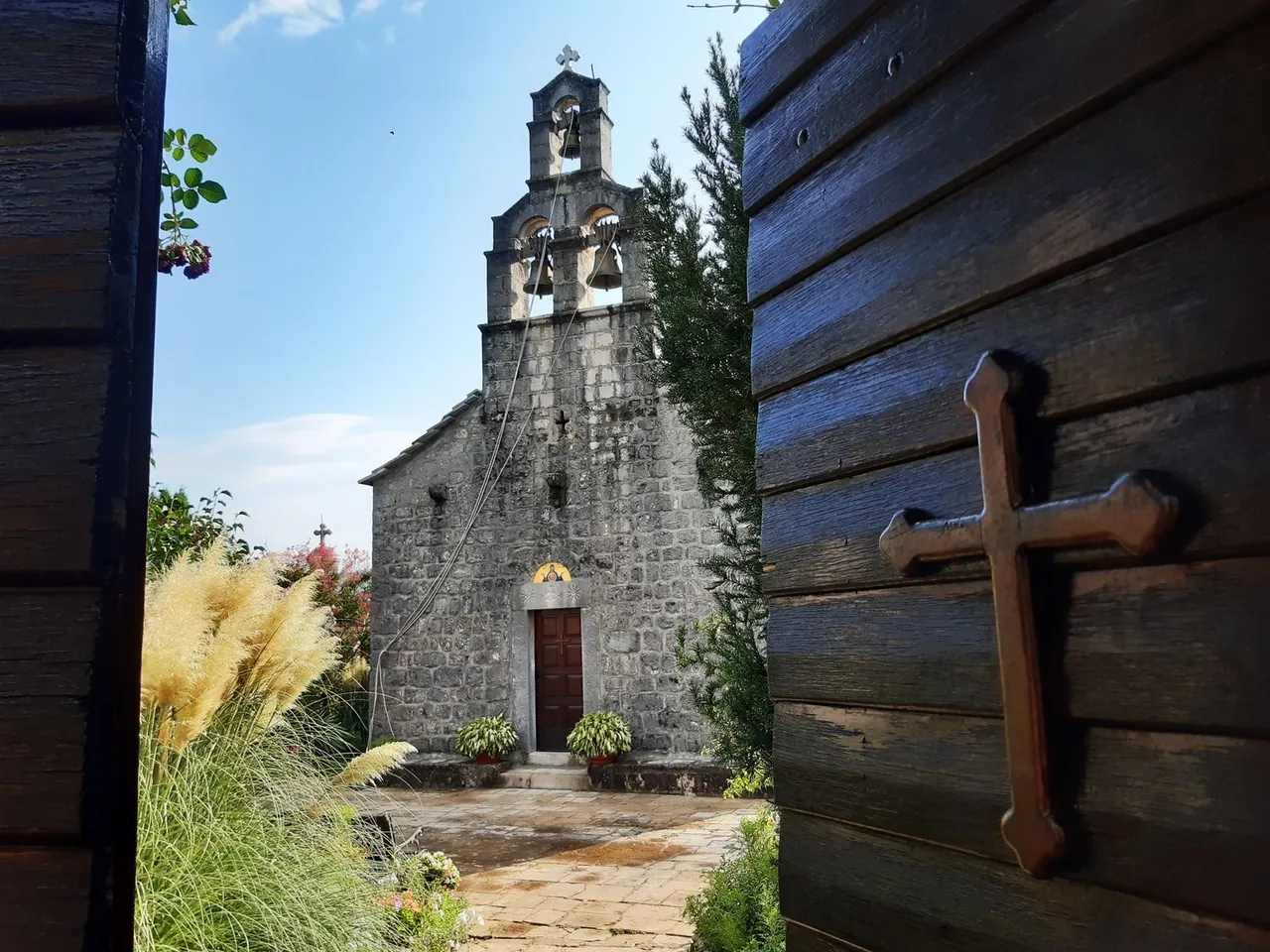
The Roman settlement remained underwater forever, but the Dobrićevo monastery did not experience such a fate. This Monastery was moved stone by stone from the bank of the river Trebišnjica, the then village of Dobrićevo, to a new location near the village of Orah, not far from Lake Bileća. The transfer of the monastery was a demanding and expensive project and, in my opinion, very unusual at a time when religion was practically banned.
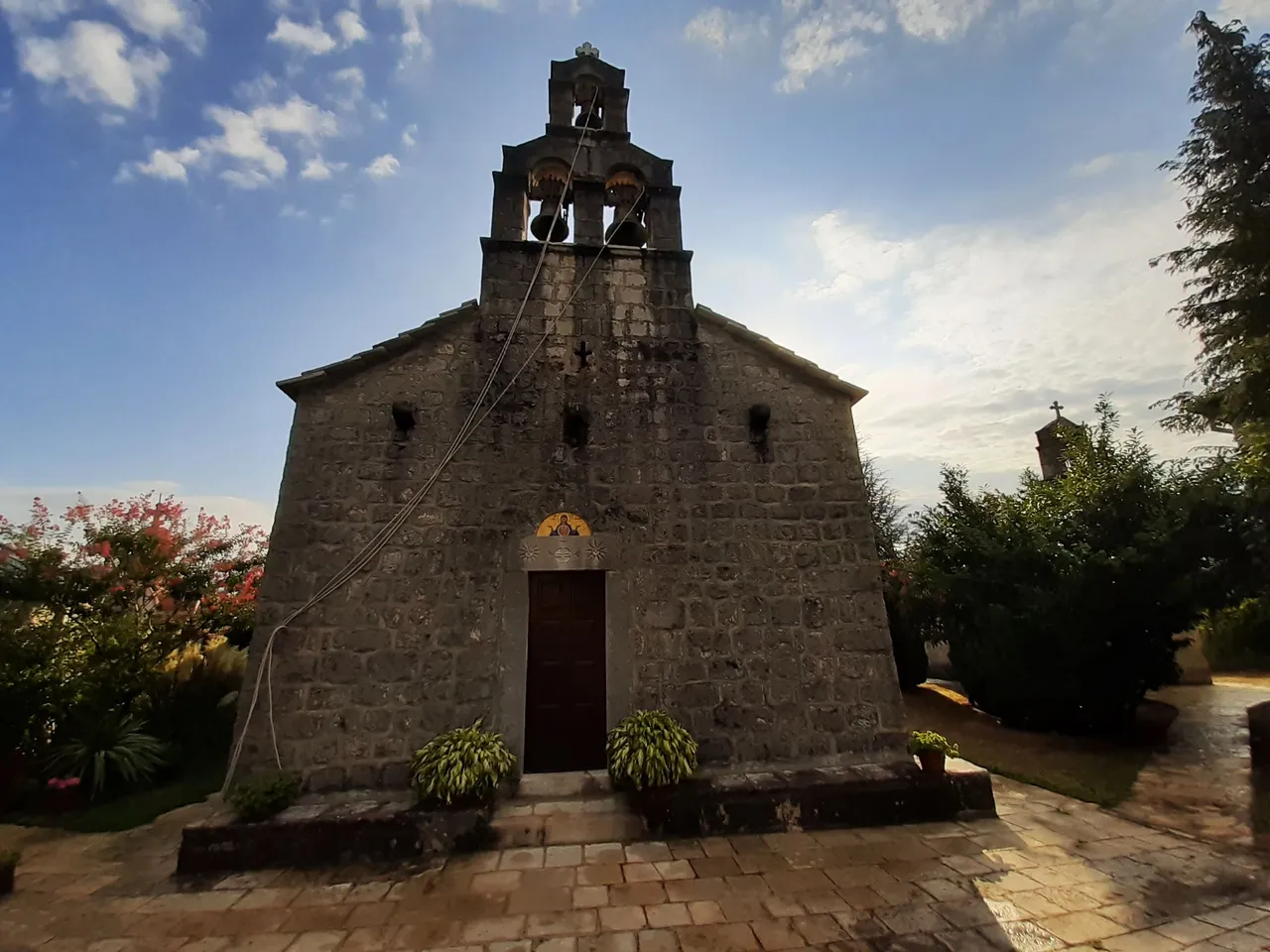
In short, the monastery was built in the first half of the 13th century on the basis of an early Christian basilica. Like most monasteries in this area, during the long and difficult history of the Balkan Peninsula, the monastery was destroyed and burned several times. By the way, the monastery was built of limestone, which is the dominant rock in the wider area.
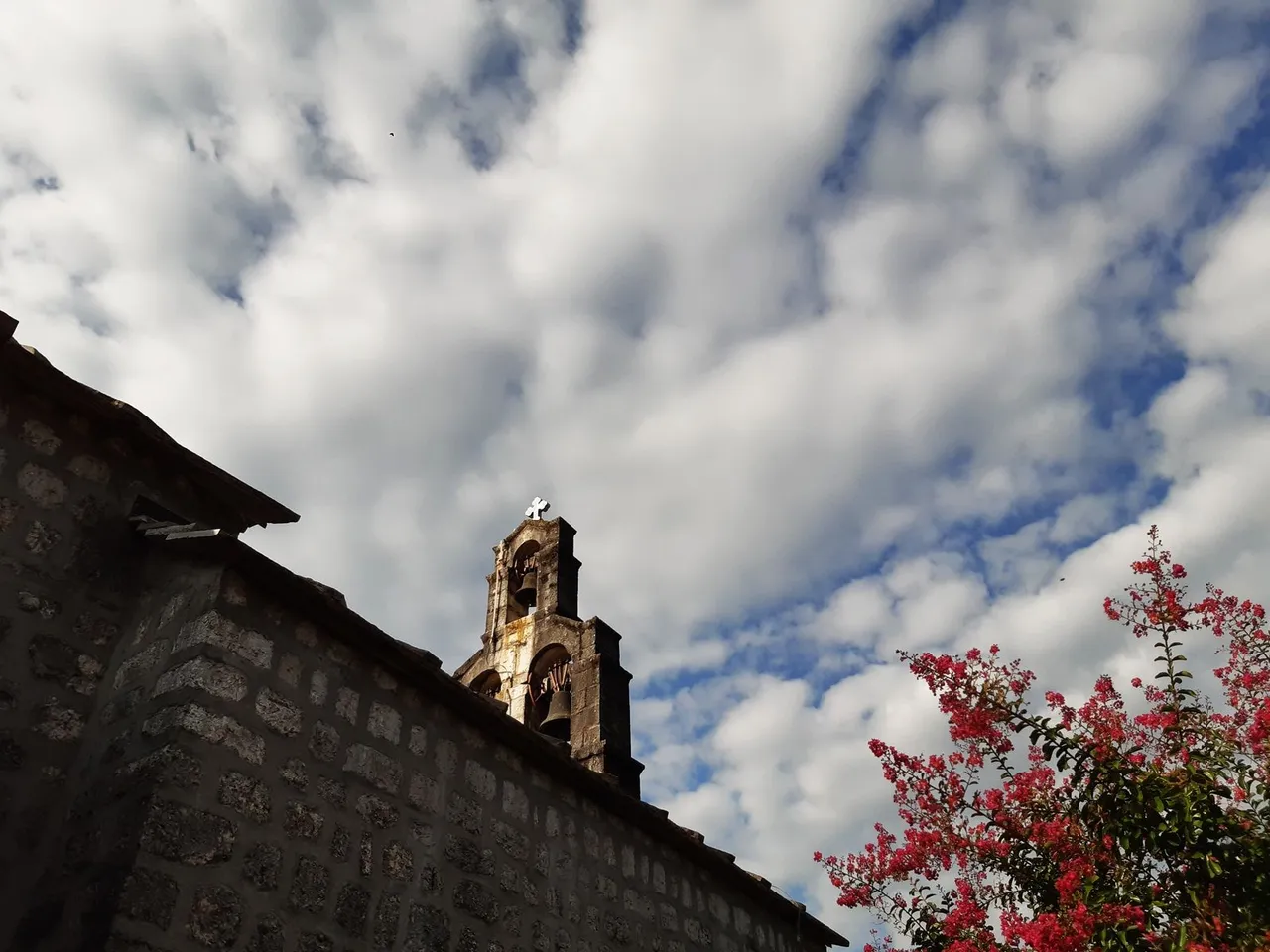
The monastery is also interesting because in its construction two styles intertwine - Raska, which is the basis of the monastery and Gothic, which is in the upper part.
The interior of the monastery is also interesting with fresco painting which is very old.
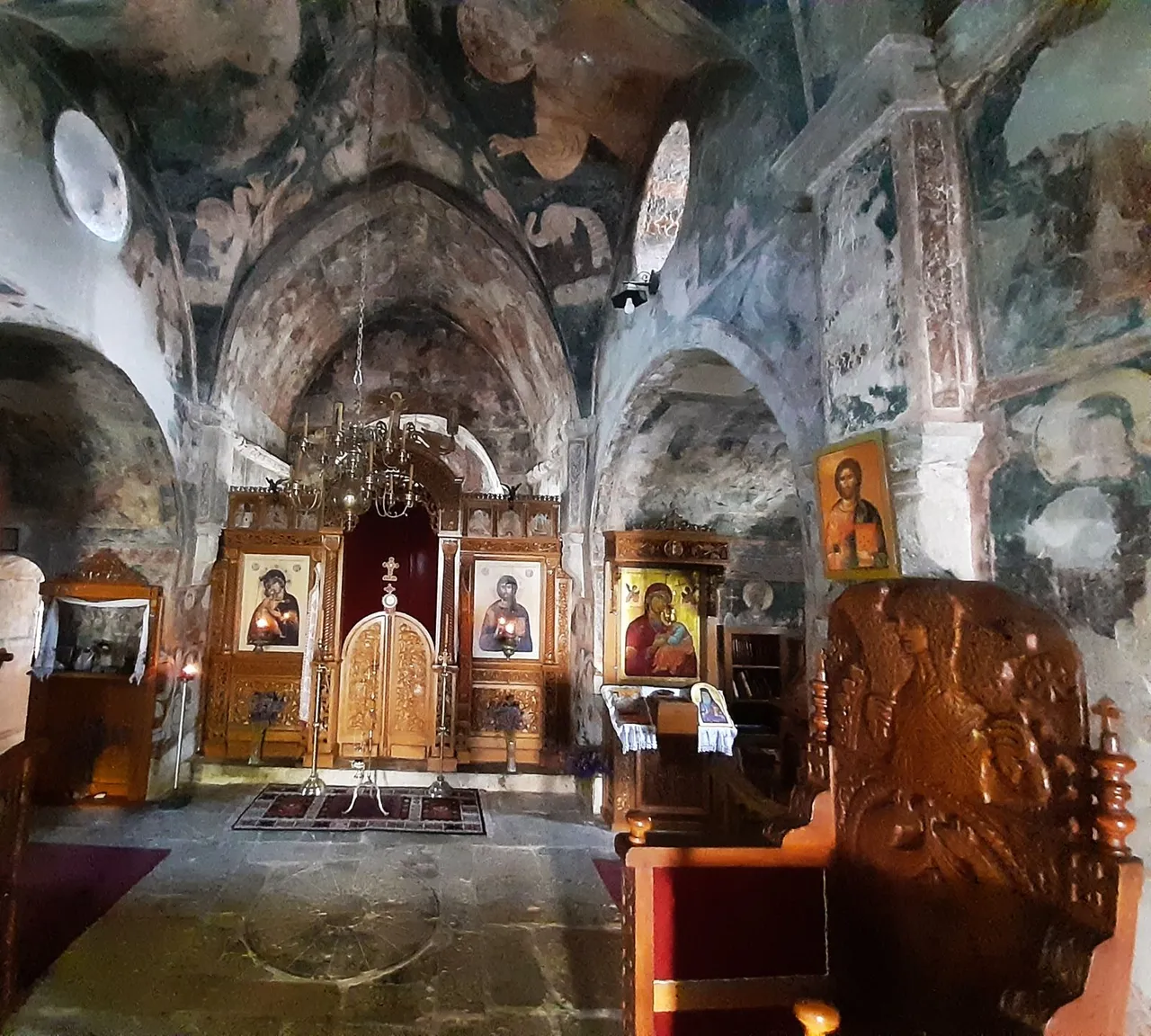
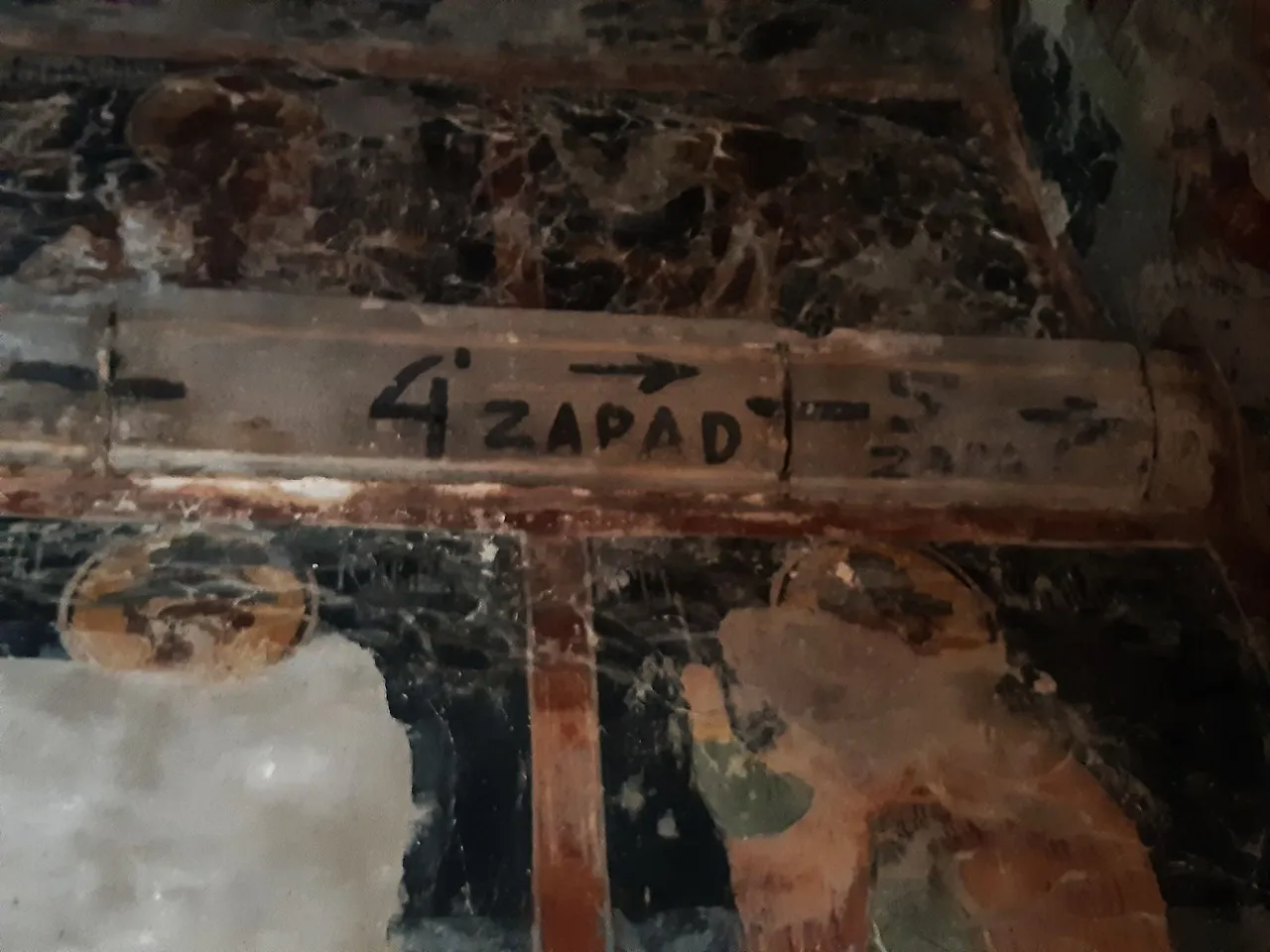
As you can see in the pictures showing both the interior and exterior of the monastery, moving the monastery to a new location was not easy. Every stone was marked and those marks could be seen everywhere on the walls of the monastery.
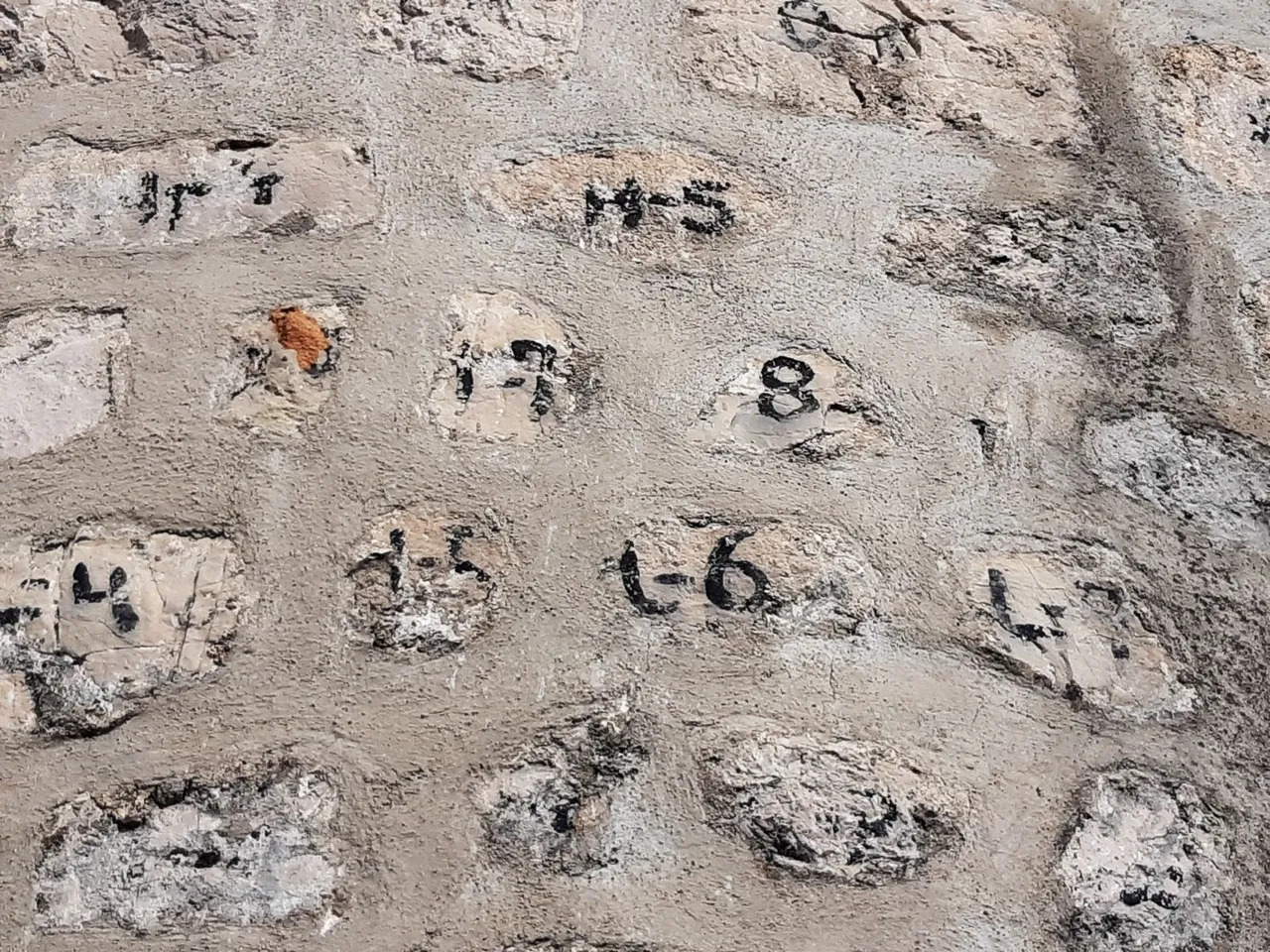
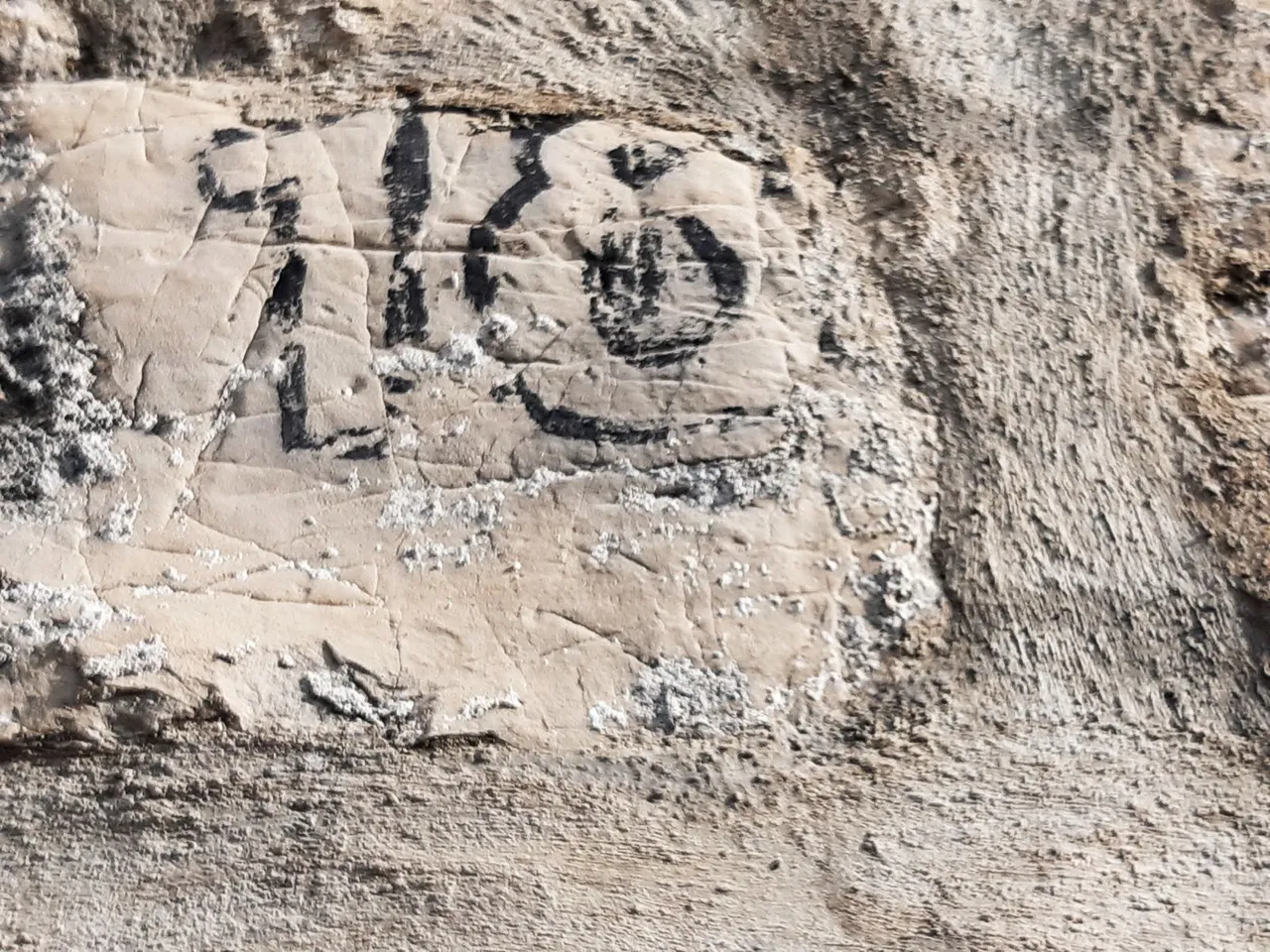
The monastery left a wonderful impression on us, especially the story of its relocation and the time of its creation. When we arrived at the monastery, which is located about ten kilometers from the place Bileća, after which the lake was named, by the road and practically all the way to the monastery, the vegetation was completely burned. It was seen that the fire was large and that it was recent. In the monastery, we learned that about a hundred people came to defend the monastery from the fire. The fire approached near the monastery, but fortunately the fire was extinguished.
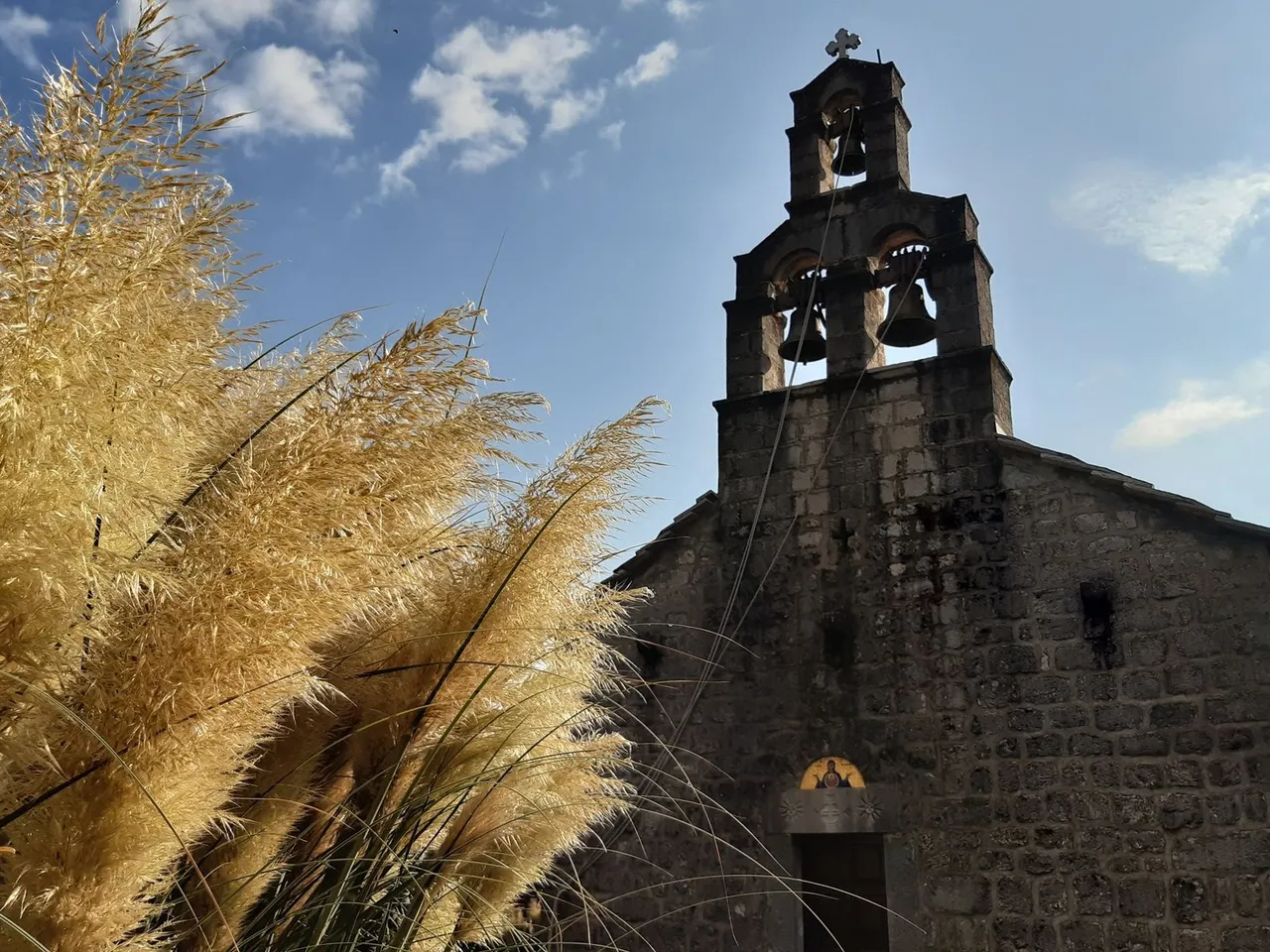
We were thrilled by the ambience, the beautiful courtyard, as well as the monastery itself and the story of it, the lake and the people who fought the fire, but we had to continue on our way.
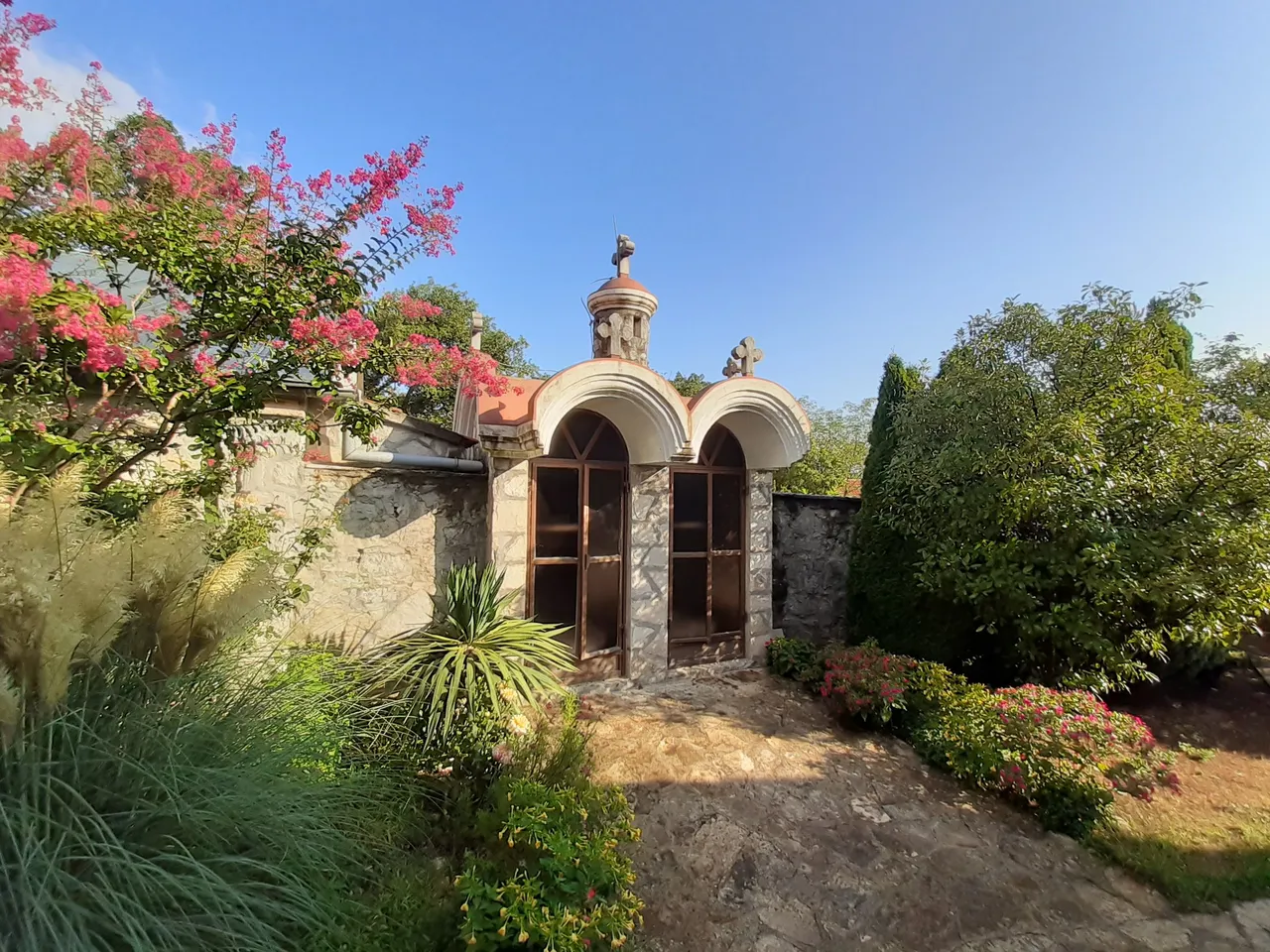
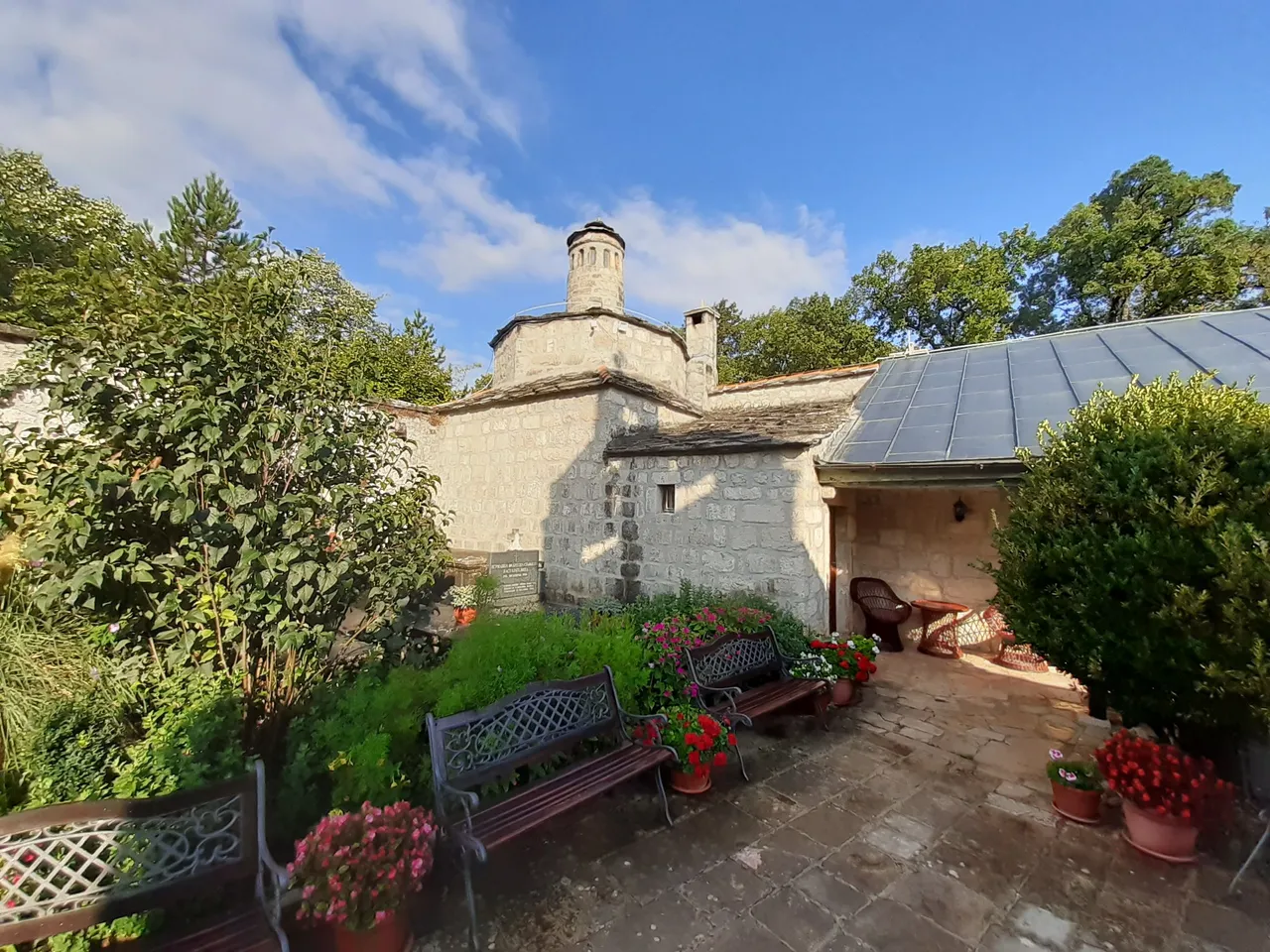
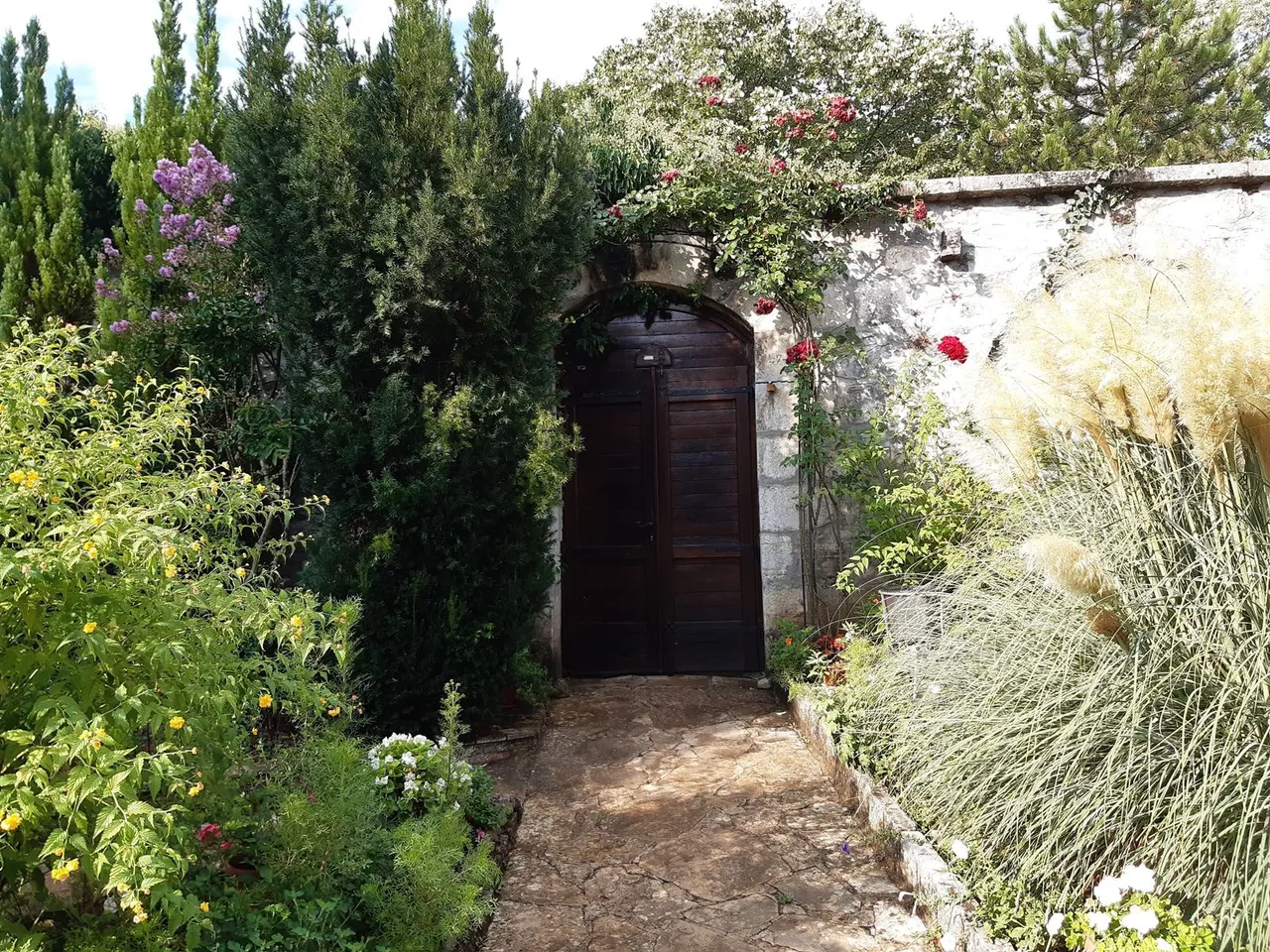
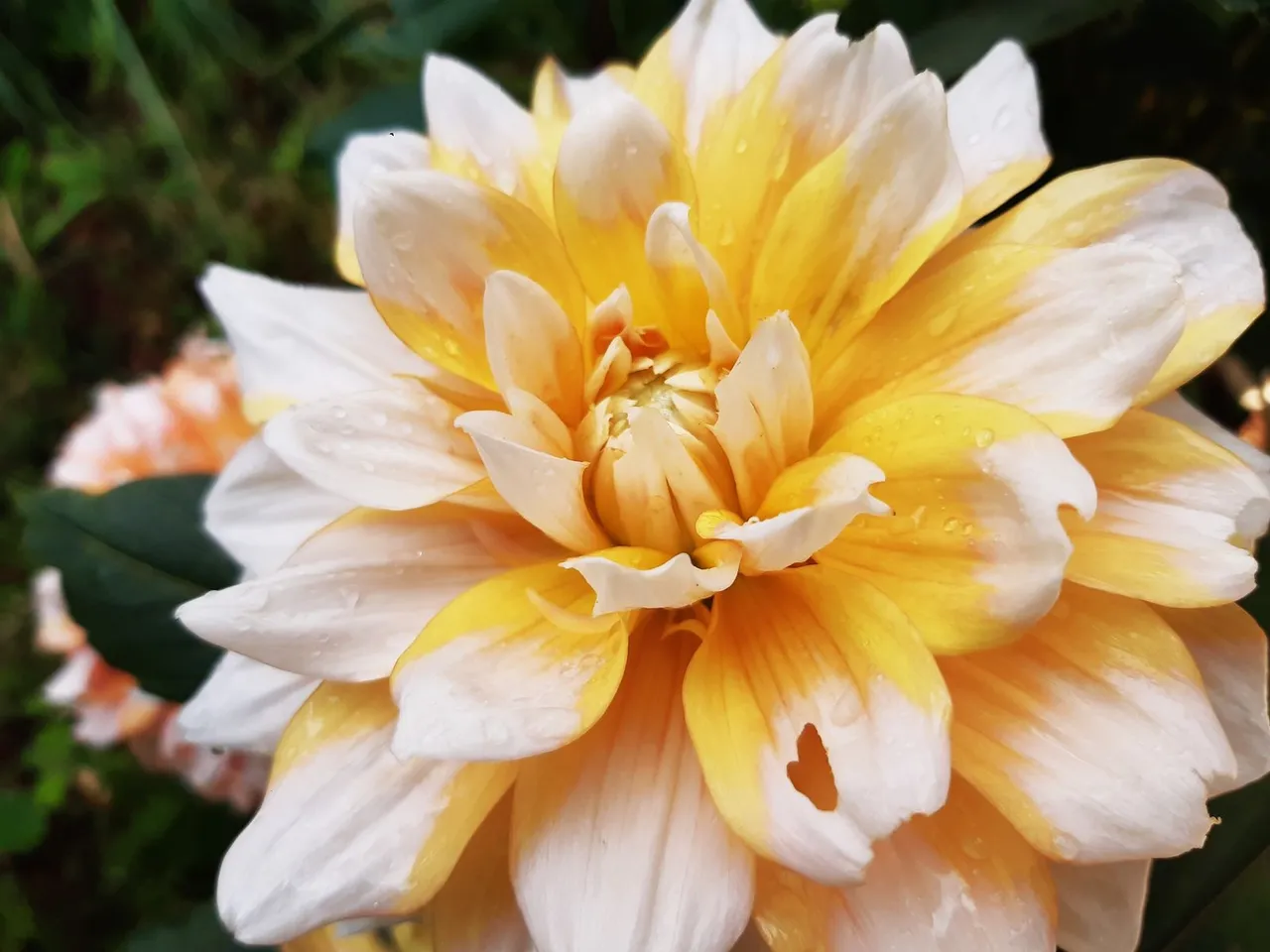
I said so much, and I could have said so much more. In any case, Lake Bileća is really beautiful, although they say that the nature here was amazing even before the accumulation was created. Today, the lake is trying to find its way to the hearts of tourists, with its beauty, warm and clear water. The lake is a paradise for fishermen, but lately also for divers, who find traces of the past in its depths, which is certainly a wonderful adventure.
I hope that I managed to convey to you at least a part of the impression that this lake and its depths left on us.
Until next time!
Much love,
Snežana
